Cats have always fascinated and intrigued us because of their mysterious and captivating nature. My cat, Muezza, has taught me that our feline companions occasionally exhibit behaviors that perplex and concern us. A cat attempting to bite its owner is one such enigmatic behavior.
So, why is my cat trying to eat me? The answer is in cats’ complex interplay of innate instincts, communication, and emotional responses. Cats bite for various reasons, including establishing boundaries, asserting dominance, and expressing fear or anxiety.
Understanding these underlying factors is essential for understanding your cat’s behavior. By the end of this article, you will have gained valuable insights into your cat’s biting tendencies. This will enable you to navigate their behavior with confidence and empathy. So keep reading.
The Natural Instincts Of Cats
We must first acknowledge their natural instincts before understanding why our cat is attempting to “eat” us.
- Cats, both domesticated and wild, have a common ancestry rooted in their predatory instincts.
- These instincts have been finely honed over thousands of years, allowing cats to excel as skilled hunters in the animal kingdom.
- Despite the comfort and security of domestic life, these instinctual behaviors remain ingrained in our feline companions, manifesting in various ways.
So, how does hunting behavior relate to a cat’s attempt to “eat” its owner? While this behavior may appear alarming, it can result from an instinctual drive that is misdirected or not fully satisfied.
- Cats perceive movement, especially the quick motions of a human hand or foot, as potential prey. Their natural response is to pounce and bite, mimicking their hunting instincts.
Why Is My Cat Trying to Eat Me?
During the two years I have had Muezza, I have understood that cats communicate uniquely. Cats are not trying to eat their owners but rather engaging in a playful interaction driven by their primal nature. So, instead of “eat”, let us use the word “bite.”
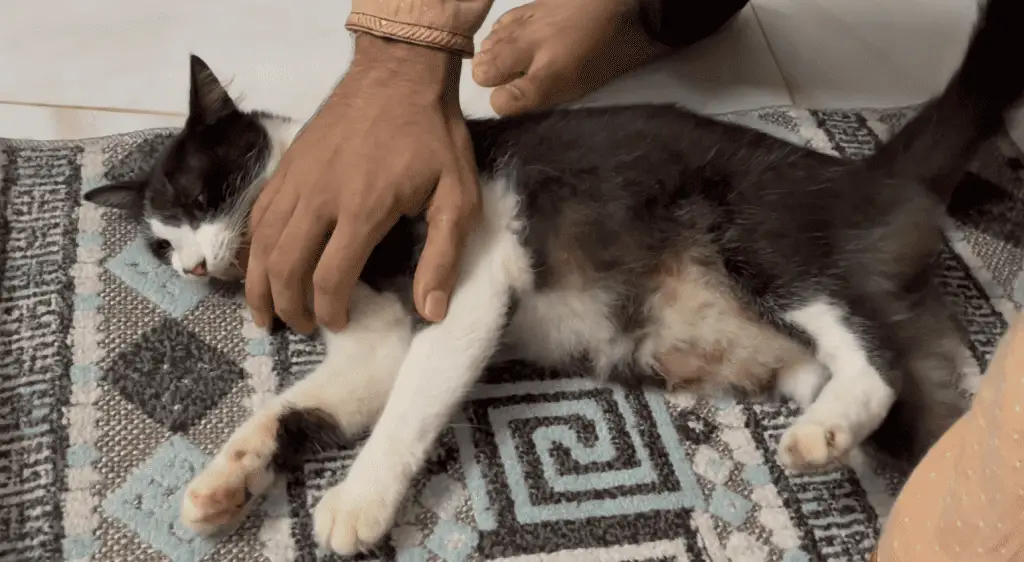
Biting can be one of their methods of conveying a message or responding to certain situations. Let’s explore these reasons in detail.
1. Communication and Territoriality
Cats are naturally territorial animals, and biting can be a form of communication for them. By biting, they establish boundaries and assert their dominance.
Furthermore, cats may bite when they feel threatened or want to defend their territory from perceived intruders, whether they are another pet or a person.
When I first got Muezza, she would bite me if I went near her food bowl, especially when she was eating. After getting used to me and seeing I was not a threat, she stopped the behavior completely.
2. Fear and Anxiety
Cats, like humans, can experience fear and anxiety. They may resort to defensive behaviors such as biting when scared or threatened. These stressors include loud noises, unfamiliar people or pets or lack of enough mental stimulation.
3. Overstimulation
While cats enjoy affection and interaction, they have physical touch and stimulation limits. Overstimulation can cause irritation and discomfort, prompting a cat to bite to establish boundaries.
4. Redirected Aggression
Redirected aggression occurs when a cat becomes agitated by one stimulus but cannot direct their aggression toward the source. Instead, they may lash out at a nearby person or pet, resulting in a bite.
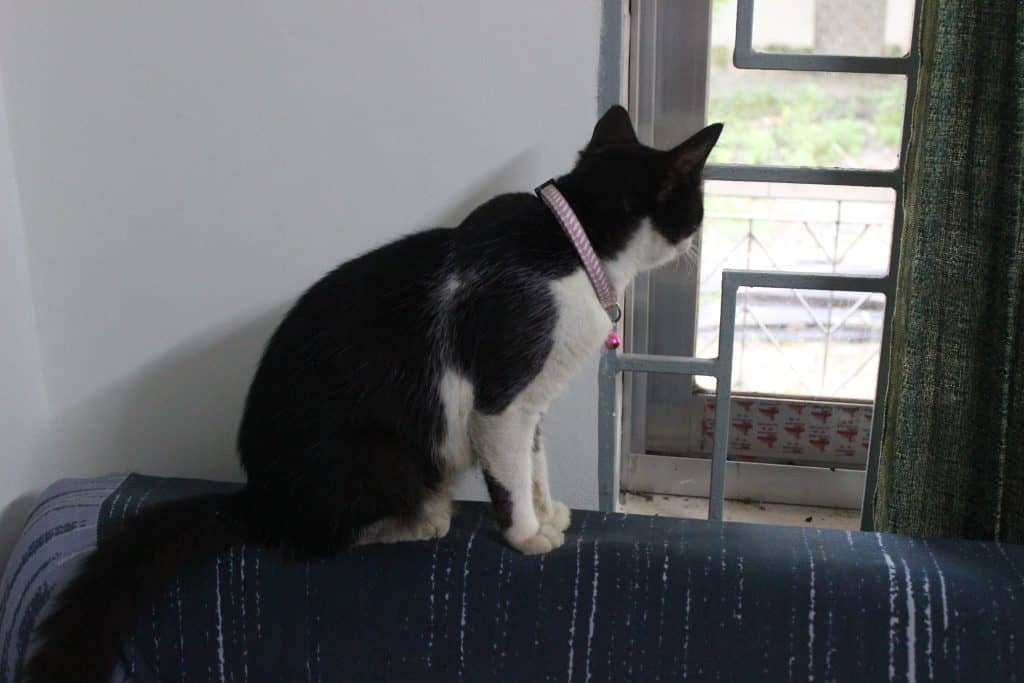
This can happen when a cat sees another animal outside the window and becomes frustrated or irritated by their presence. This same situation happened with my cat, Muezza. She saw a bird outside the window and could not get to it. I tried petting her minutes later, and she almost bit my finger.
5. Medical Issues
In some cases, underlying medical issues can be the source of a cat’s biting behavior. Pain, discomfort, or illness can make cats irritable and prone to lash out.
If you notice a sudden change in your cat’s behavior, such as increased aggression or sensitivity, you should consult a veterinarian to rule out any underlying health issues.
6. Maternal Aggression
Mother cats exhibit maternal aggression, especially when defending their kittens. A mother cat may bite or act aggressively toward anyone, including human caregivers, who they perceive as a potential threat to their offspring. During this sensitive period, it is critical to respect mother cats’ space and avoid interfering with their maternal instincts.
7. Bad Petting Habits
Unintentional actions during petting sessions can sometimes result in cat biting. Rough or aggressive petting, such as pulling the cat’s fur, yanking on its tail, or applying excessive pressure, can be distressing and cause a defensive response.
8. Lack of Socialization
Cats may exhibit fear or defensive behaviors, including biting when confronted with unfamiliar people or situations.
9. Nutritional Needs and Pica: An Unusual Eating Disorder
Pica is a rare eating disorder that causes cats to “eat” their owners. Pica cats exhibit compulsive eating behaviors, consuming non-food items like fabric, plastic, or human hair.
Nutritional deficiencies, particularly in minerals like iron or zinc, can contribute to this behavior. Additionally, boredom and a lack of environmental enrichment can aggravate pica.
If you suspect your cat is suffering from pica, you should immediately consult a veterinarian to address any underlying nutritional imbalances or behavioral issues.
How Do I Mitigate Cat Biting Behavior?
By implementing the following strategies, you can significantly reduce the likelihood of your cat biting:
● Creating a Safe Environment
Provide your cat with a secure, stimulating environment that meets its natural instincts. With Muezza, I ensured she had access to hiding spots, such as cat condos or boxes. There she can retreat and feel safe.
You can also install vertical spaces like cat trees or shelves that allow cats to climb and observe their surroundings. Additionally, provide scratching posts and toys to satisfy their need to scratch and play.
● Recognizing and Managing Stressors
Identify and address potential stressors in your cat’s environment. Reduce your cat’s exposure to such stressors or provide a haven to go to when they feel overwhelmed.
Positive reinforcement and gradual introductions to new experiences or individuals can help desensitize your cat and reduce their stress response.
● Establishing Boundaries Through Training
It is critical to teach your cat about boundaries to prevent biting. Use positive reinforcement techniques like clicker training or treats to reward desired behaviors and redirect unwanted behavior.
Teach your cat basic commands, such as “sit” or “leave it,” to establish clear communication and reinforce positive interactions. Consistency, patience, and reward-based training methods are essential for successful training outcomes.
● Redirecting Play Biting
If your cat bites while playing, it’s critical to redirect their attention to appropriate toys or objects. Encourage interactive play sessions with wand toys or laser pointers to provide an outlet for their hunting instincts.
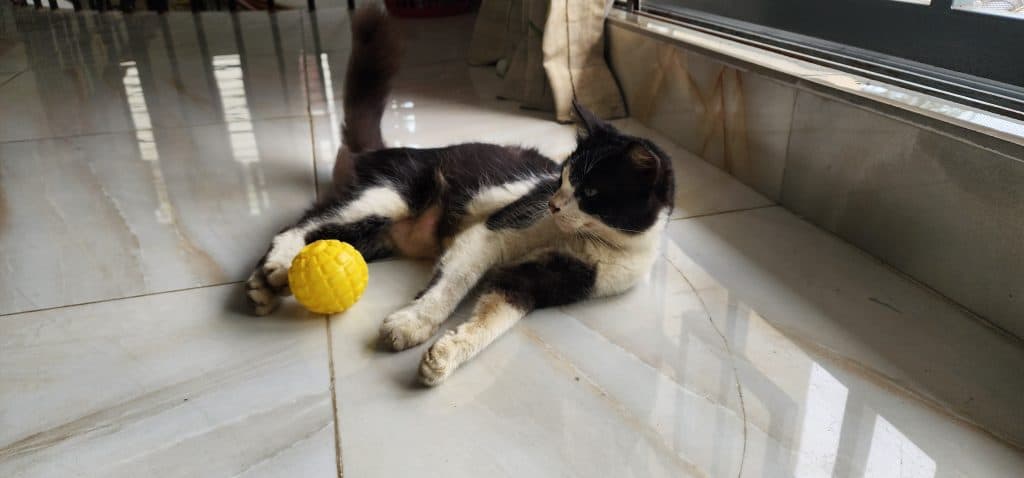
Stop the activity immediately when your cat bites during play and offer an alternative toy to divert their attention. This teaches them that biting human hands or limbs is unacceptable play behavior. I did this with Muezza, and now she knows that if she bites, playtime is over.
● Providing Mental and Physical Stimulation
Engage your cat in regular play and exercise to help channel their energy and prevent boredom. Interactive play sessions, puzzle toys, and food-dispensing toys provide mental stimulation and keep your cat entertained.
Play and exercise sessions also help you and your cat bond, promoting positive interactions and lowering the likelihood of biting due to pent-up energy.
● Seeking Professional Help
If your cat’s biting behavior persists or worsens despite your best efforts, you should seek the advice of a professional, such as a veterinarian or animal behaviorist.
These professionals can offer specialized advice and create a customized behavior modification plan to address the underlying causes of your cat’s biting tendencies. They may recommend techniques such as desensitization, counter-conditioning, or medication if necessary.
How To Treat A Cat Bite?
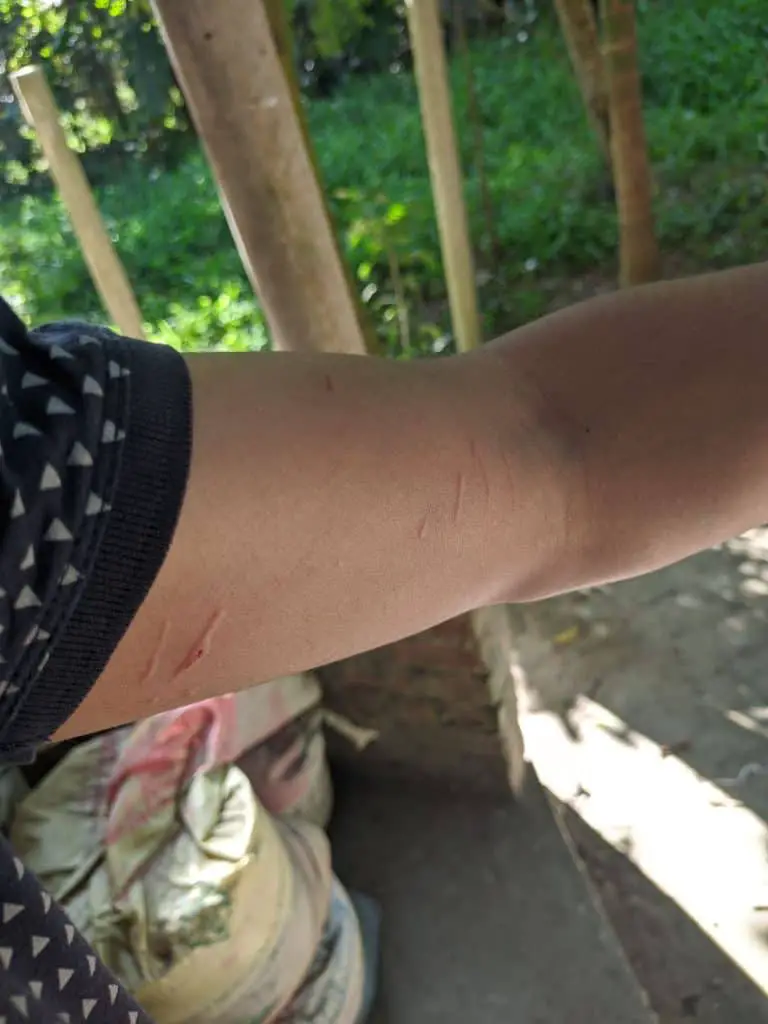
If you, unfortunately, get bit by your cat, here are steps to treat a cat bite:
- Wash the Wound: Rinse the bite site with warm water and mild soap for a few minutes to clean the area. Gently pat it dry with a clean towel.
- Apply an Antiseptic: Once the wound is clean and dry, apply an antiseptic solution, such as hydrogen peroxide or povidone-iodine, to help prevent infection.
- Apply Antibiotic Ointment: To further prevent infection, apply an antibiotic ointment, such as Neosporin, to the bite wound. Follow the instructions on the packaging and consult with a healthcare professional if necessary.
- Cover the Wound: If the bite wound is open or potentially exposed to dirt or further injury, cover it with a sterile bandage or dressing. This helps protect the wound and promotes healing.
- Monitor for Signs of Infection: Keep a close eye on the bite wound for any signs of infection, such as increased redness, swelling, pain, pus, or fever. If you notice any concerning symptoms, seek medical attention promptly.
FAQs
To address common concerns and provide comprehensive guidance, let’s look at some frequently asked questions about cat biting behavior:
Q1: What should I do if my cat bites me out of nowhere?
If your cat bites you seemingly out of nowhere, assessing the situation and identifying any potential triggers is essential. Sudden aggression or biting can indicate fear, anxiety, pain, or underlying medical issues. Give your cat space and consult a veterinarian to rule out any health problems.
Q2: What is the right way to pet a cat?
When petting a cat, approach gently and allow them to initiate contact. Use soft strokes toward their fur growth and concentrate on areas they enjoy, such as the chin and cheeks. Respect their boundaries, give them space when necessary, and adjust the duration of petting based on their comfort level.
Q3: How do I tell my cat is about to bite?
Cats often display subtle signs before resorting to biting. These indicators include tail twitching, dilated pupils, flattened ears, crouching or arching their back, and vocalizations like hissing or growling.
Conclusion
Understanding why is my cat trying to eat me and how to prevent such behavior is critical for cat owners. Biting in cats can be caused by various factors, including fear, stress, pain, territorial instincts, or a lack of socialization. Cat owners can reduce biting incidents and foster a positive relationship with their feline companions by addressing these underlying causes.
Thus, implementing preventive strategies such as positive reinforcement training is crucial. Recognizing the proper way to pet a cat and being aware of its body language and communication cues promotes a safe and enjoyable interaction. Remember that every cat is unique, and their needs may differ. Best wishes for your furry friend!

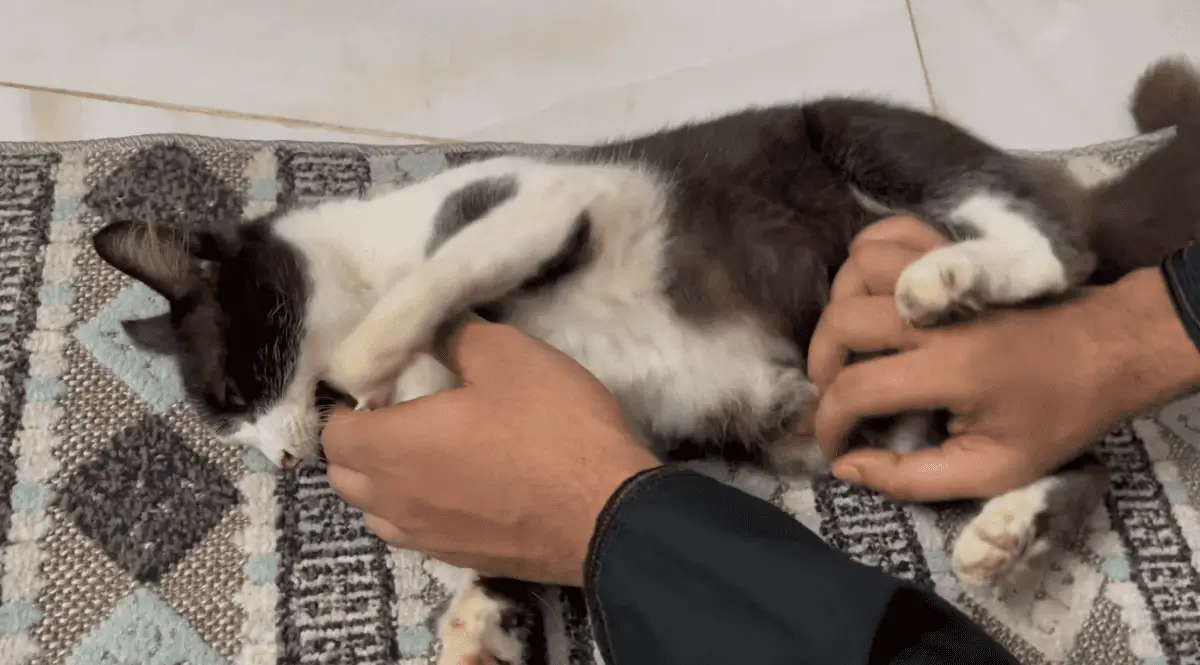
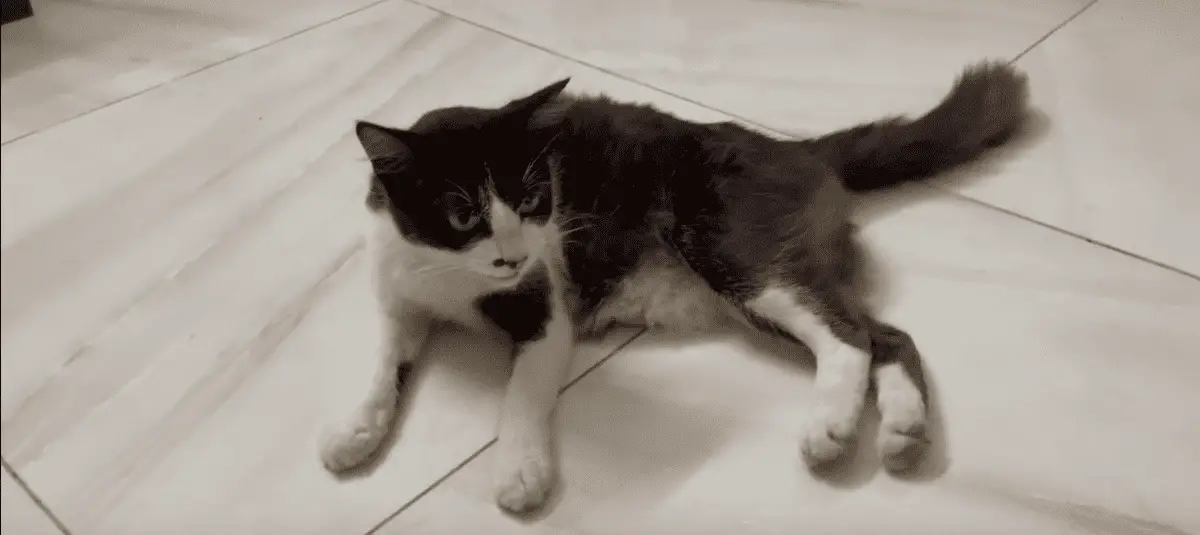
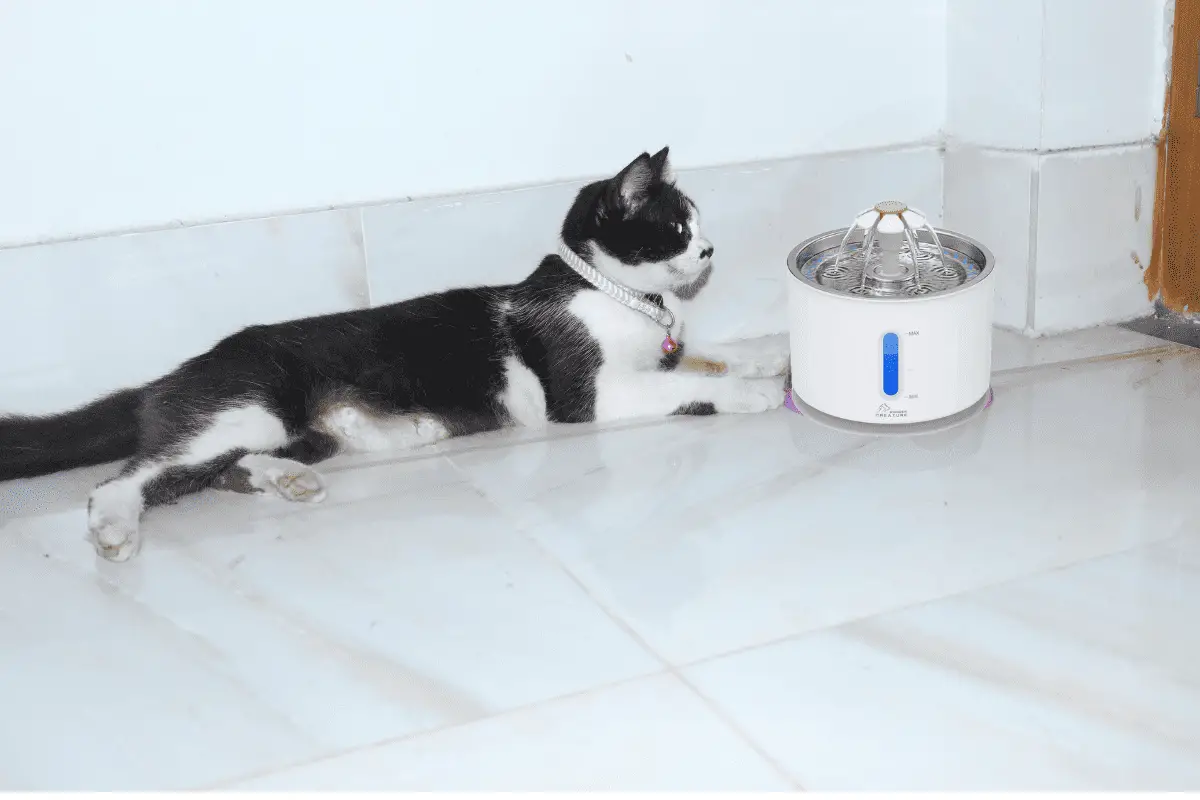
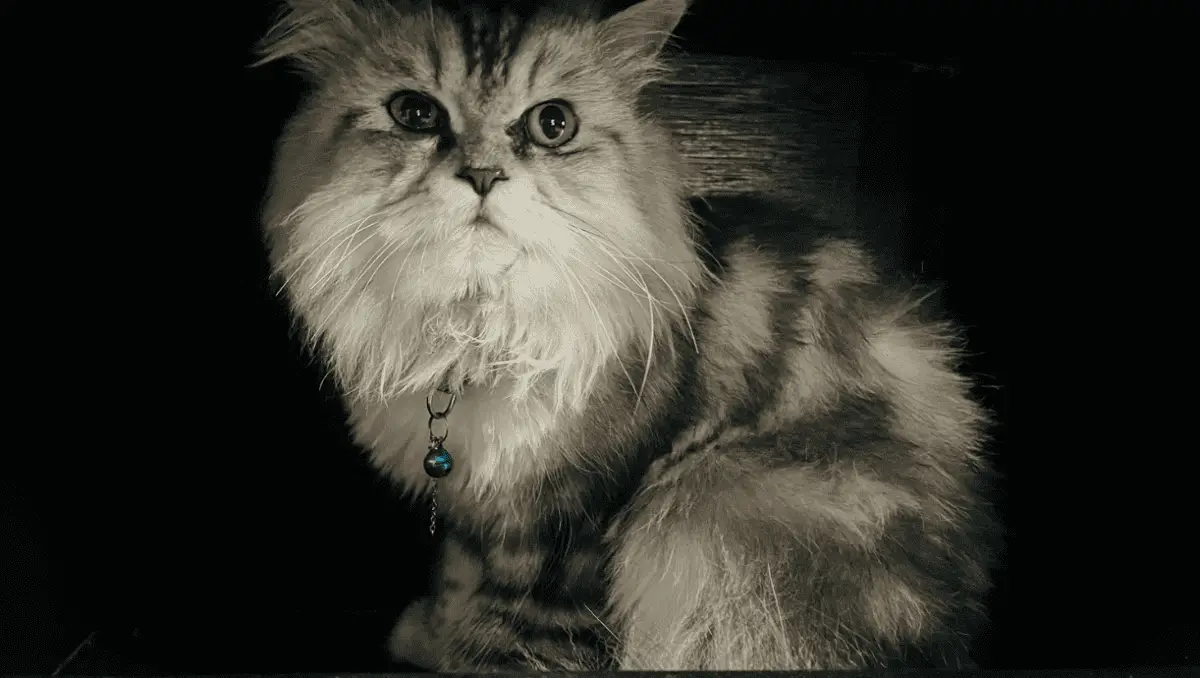

Leave a Reply